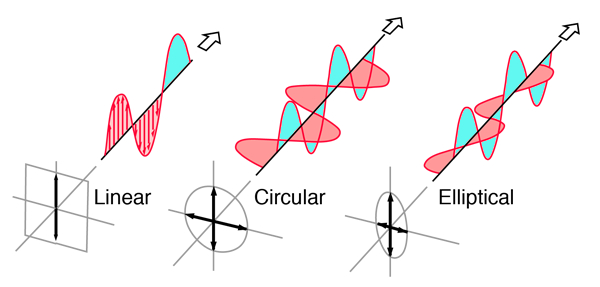What is polarization and polarization-dependent loss PDL?
Polarization and Polarization Dependent Loss (PDL) are important concepts in the field of optics, especially in fiber-optic communications and optical devices. Here is a detailed explanation of them:
What is Polarization
Polarization is the property of the vibration direction of a light wave. Light is an electromagnetic wave that contains mutually perpendicular electric and magnetic fields. In free propagation, the directions of the electric and magnetic fields can take the following forms:
1.Linearly polarized light: The vibration direction of the electric field vector is fixed in one plane.
2.Circularly polarized light: The endpoints of the electric field vector move in a circular motion in the direction of propagation.
3.Elliptically polarized light: The endpoints of the electric field vector move in an elliptical motion in the direction of propagation.
4.Unpolarized light: The vibration direction of the electric field vector is randomly distributed.

In an optical fiber or optical system, the polarization state of light affects its interaction with the device.
What is Polarization dependent loss (PDL)
Polarization dependent loss refers to the different losses experienced by light in different polarization states when it passes through an optical device (such as a filter, fiber amplifier, coupler, etc.). This loss is related to the anisotropy in the physical structure, material properties, or manufacturing process of the device.
Definition:

The impact of PDL
1.Signal distortion: PDL will cause uneven attenuation of different polarization components of the optical signal, affecting signal quality.
2.Increased bit error rate: In high-speed optical communication systems, PDL may cause increased bit error rate.
3.Measurement error: In precision optical measurements, PDL may cause measurement results to deviate from the actual value.
How to reduce PDL?
1.Optimize device design: Reduce structural defects in the device that cause polarization-dependent loss.
2.Use polarization-independent devices: such as polarization-independent fiber amplifiers.
3.Reduce polarization dependence in the system: Use polarization controllers or polarization compensators.
Polarization and PDL are very important in optical system design, especially in optical communication or measurement systems that require high precision and high speed. Understanding these concepts can help optimize system performance and reduce potential problems.
